20 Interesting Fun Facts About the Tudor Times
History buffs will LOVE these wild, wacky (and sometimes gross!) facts about the Tudor period!
One of the most interesting periods in English history, the Tudor era started in 1485 and ended in 1603. You probably already know some of the facts – like Henry VIII was one of the most famous kings, and he had six wives, two of whom he beheaded, and that he totally reformed religion so that he could get divorced! But there’s lots more to the Tudors – do you know how many monarchs there were, what the Tudors ate, and what crazy things went into Tudor makeup? It’s all in here! Then why not test yourself with a Tudor quiz, and learn all about Henry’s wife Anne Boleyn and her fascinating life, or more about the king of English literature, William Shakespeare?
1. There were six Tudor monarchs in total
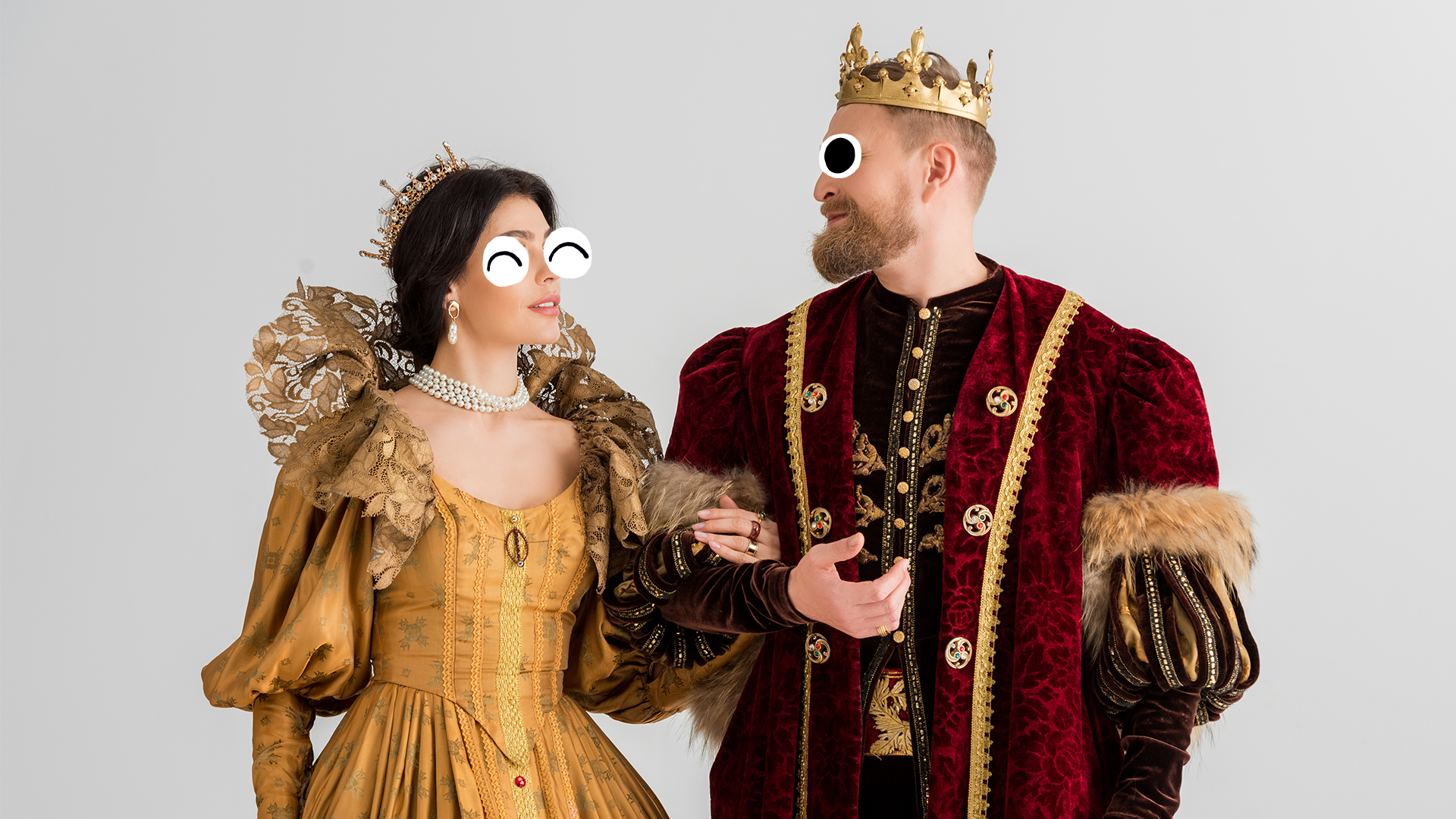
These were: Henry VII, Henry VIII, Edward VI, Jane Grey, Mary I, and Elizabeth I. The six of them ruled for 118 years!
2. Lady Jane had the shortest reign in British history
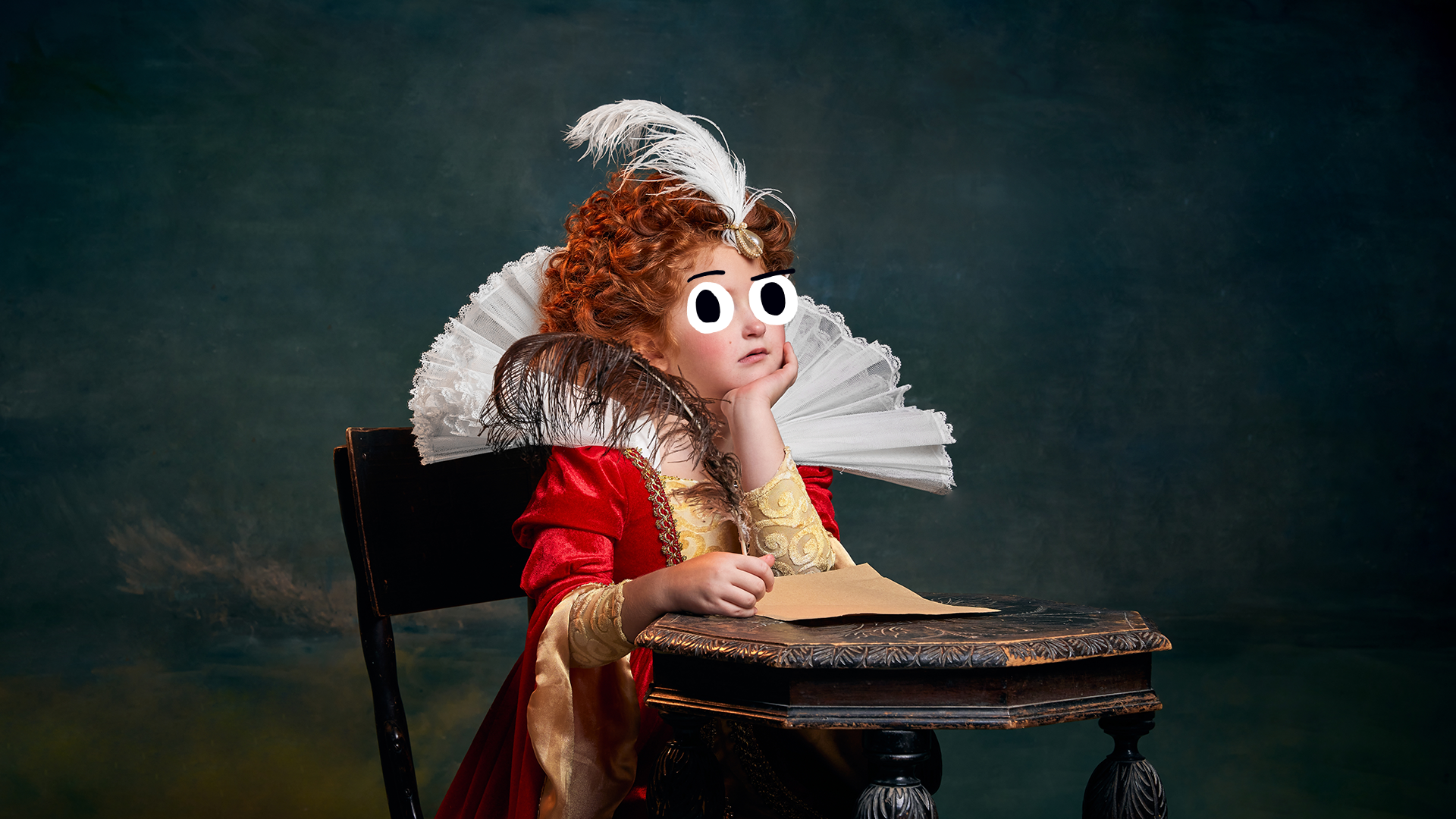
Lady Jane Grey was only fifteen years old when she was crowned Queen. She was actually fifth in line to the throne, but was chosen by Edward VI as his successor. She ruled for only nine days, from the 10th to the 19th July 1553, before being replaced by Mary I and then executed for treason. Being the monarch was VERY serious business!
3. Childhood didn’t last long
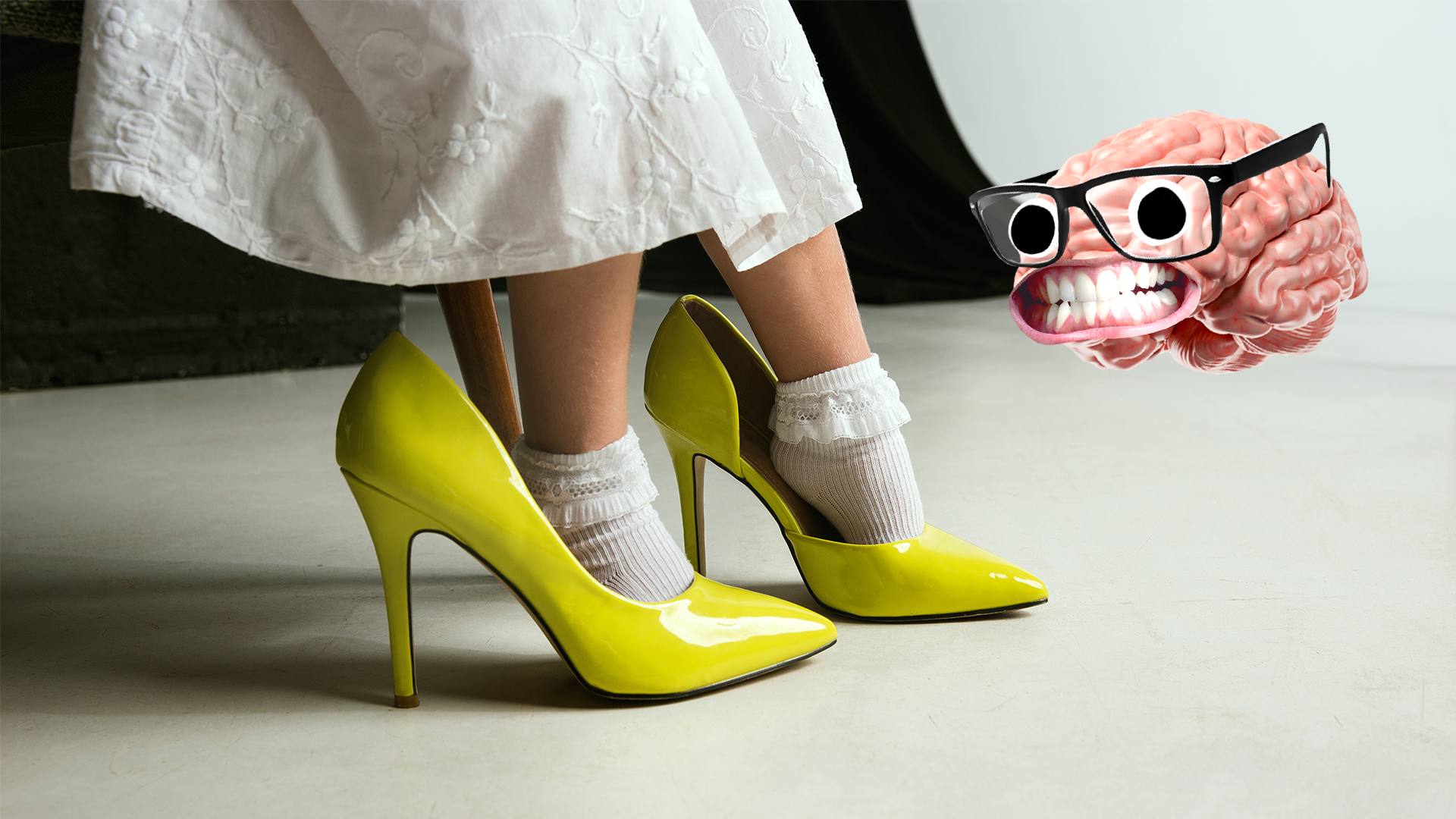
Childhood was short for Tudor children, literally – the infant mortality rate is much higher in history than it is today, and about 25% of Tudor children didn’t make it to the age of five. But it was also short in terms of how long you got to be a kid. Children as young as seven might be sent off to work as apprentices or servants, and children as young as twelve could be married. Teenagers weren’t really a thing until the 20th century – before then, you kind of just went from acting like a kid to acting like an adult almost overnight.
4. And even when you were a kid, it wasn’t always great!
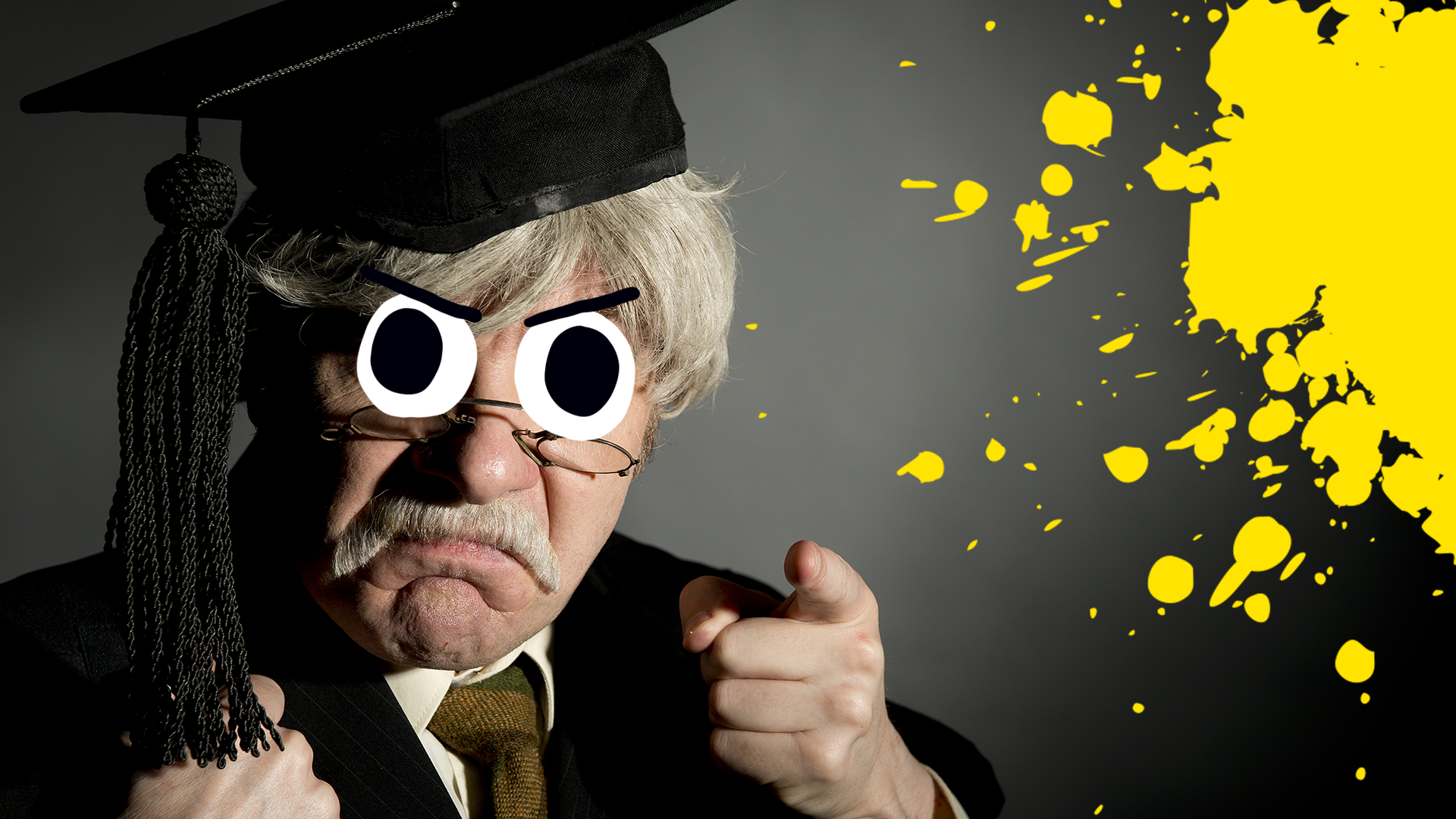
For Tudor boys the school day was REALLY long compared to today. Lessons would usually start at 6am in summer and 7am in winter, and continue until 5pm. They’d learn using something called a “hornbook”, which was a wooden board with a handle and paper attached with the alphabet and the Lord’s Prayer written on it. The paper would be protected by a transparent sheet of cow horn. Punishment in school was strict, and teachers were allowed to hit boys with birch twigs. School was for upper-class boys only; rich and middle-class girls would be taught at home, and poor children usually had to work.
5. The Tudors loved to explore

The English have gone exploring throughout history, and in the Tudor times some big expeditions were made. Exploring was important not just to discover new places, but to find things to bring back and sell – like spices, silks, gold and jewels, exotic animals and new fruits and vegetables. England also wanted to expand its influence overseas. Explorer Sir Francis Drake travelled all over the world, and Sir Walter Raleigh went to the Americas to establish a colony (and he also brought back potatoes!)
6. There were legal pirates
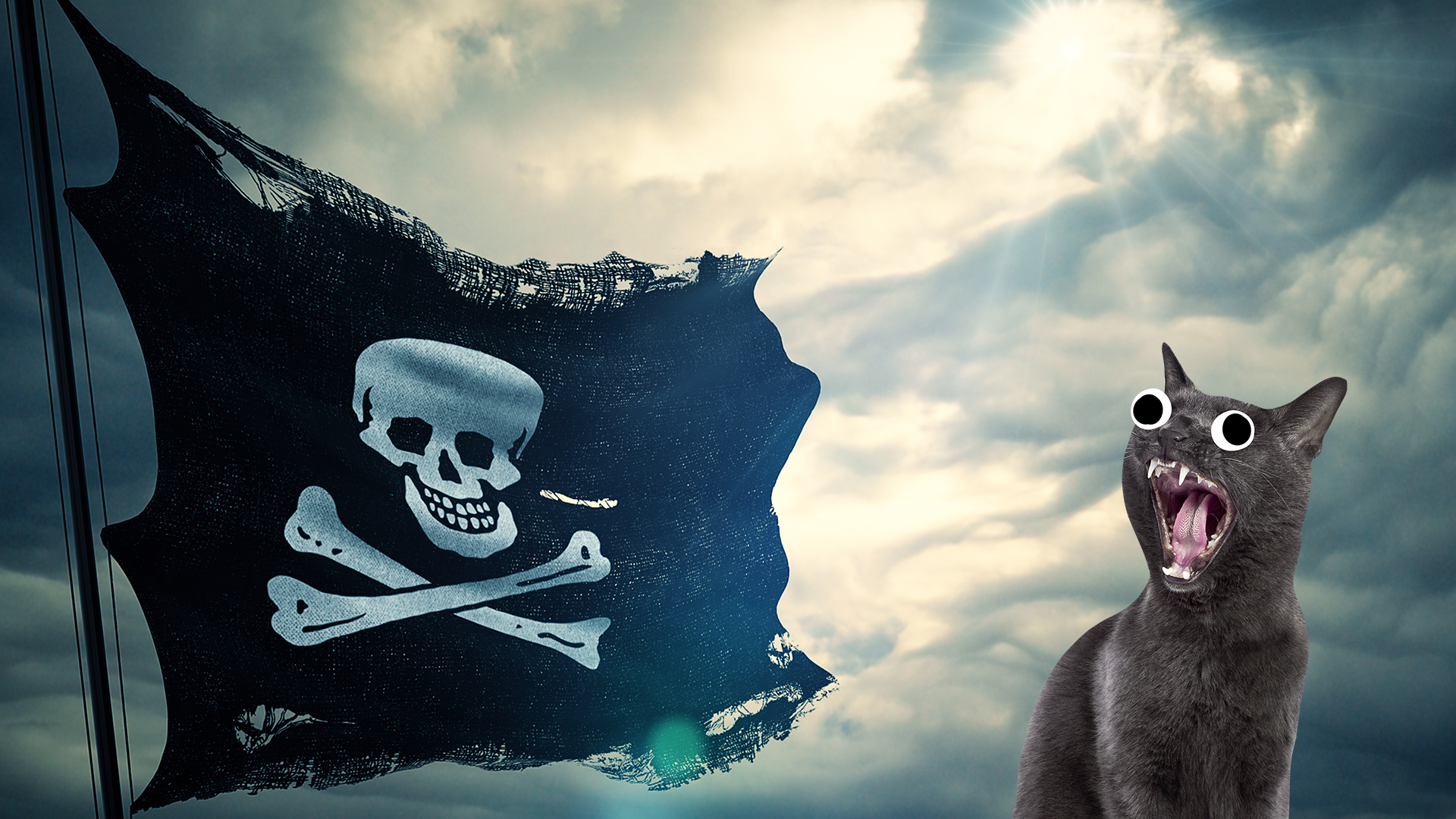
While we think of pirates as criminals and the Golden Age of piracy as much later than the Tudor period, early British pirates existed during the Tudor period! Pirates were a problem for trade and travel, so it was best to fight fire with fire (or, fight pirates with pirates). These crown-loyal pirates were called “privateers”, and the most famous group of English privateers were known as the Sea Dogs. Queen Elizabeth I allowed them to raid enemies of England, whether they were at war with them or not!
7. Henry VIII used the first ever stairlift
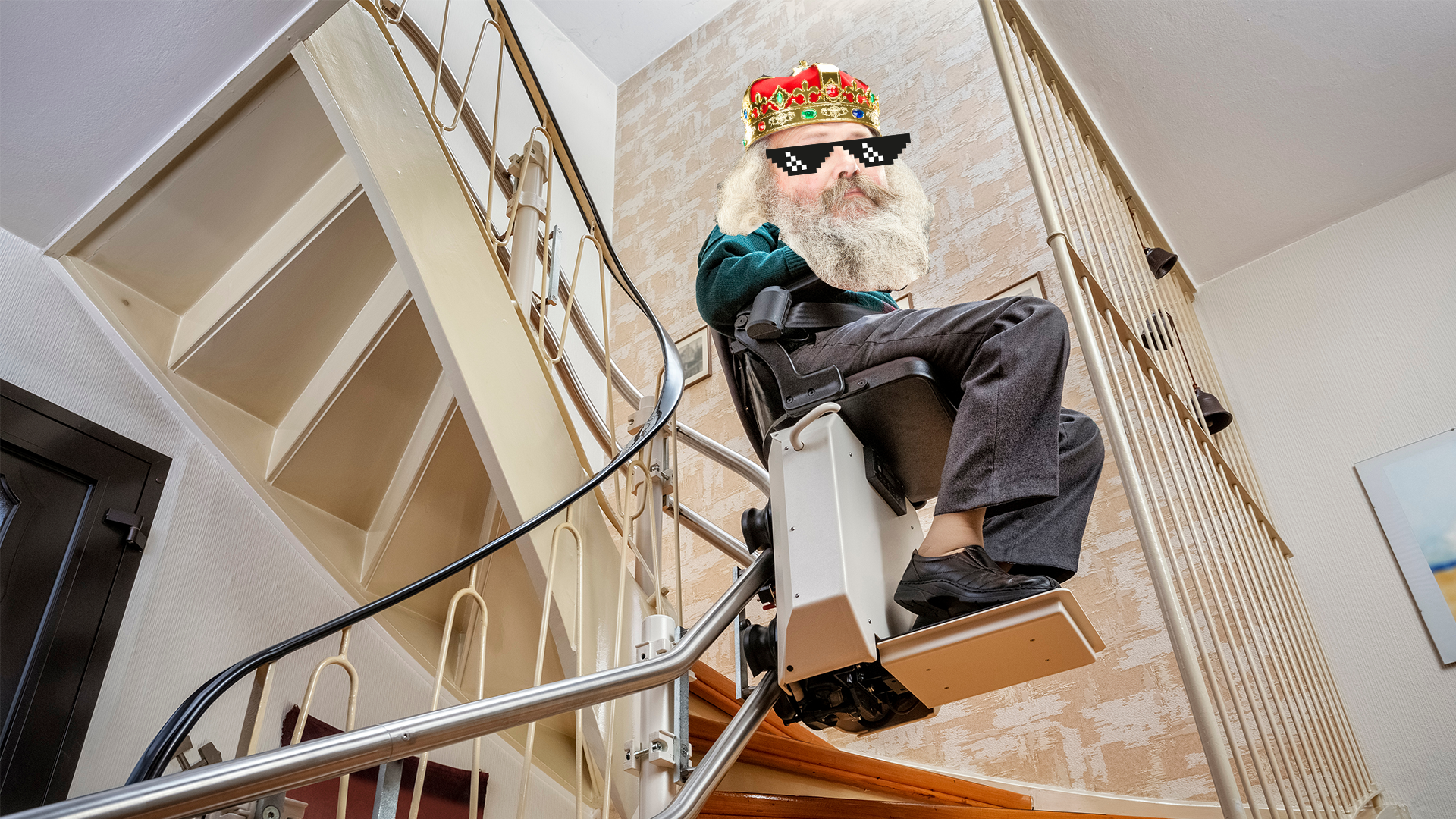
Modern stairlifts use electricity to go, but believe it or not the earliest recorded actually belonged to Henry VIII! It was built after he was injured in a jousting accident, and was operated by servants pulling ropes. Henry VIII also owned several early wheelchairs to help him move around his palace.
8. “Bloody” Mary wasn’t as bad as some rulers
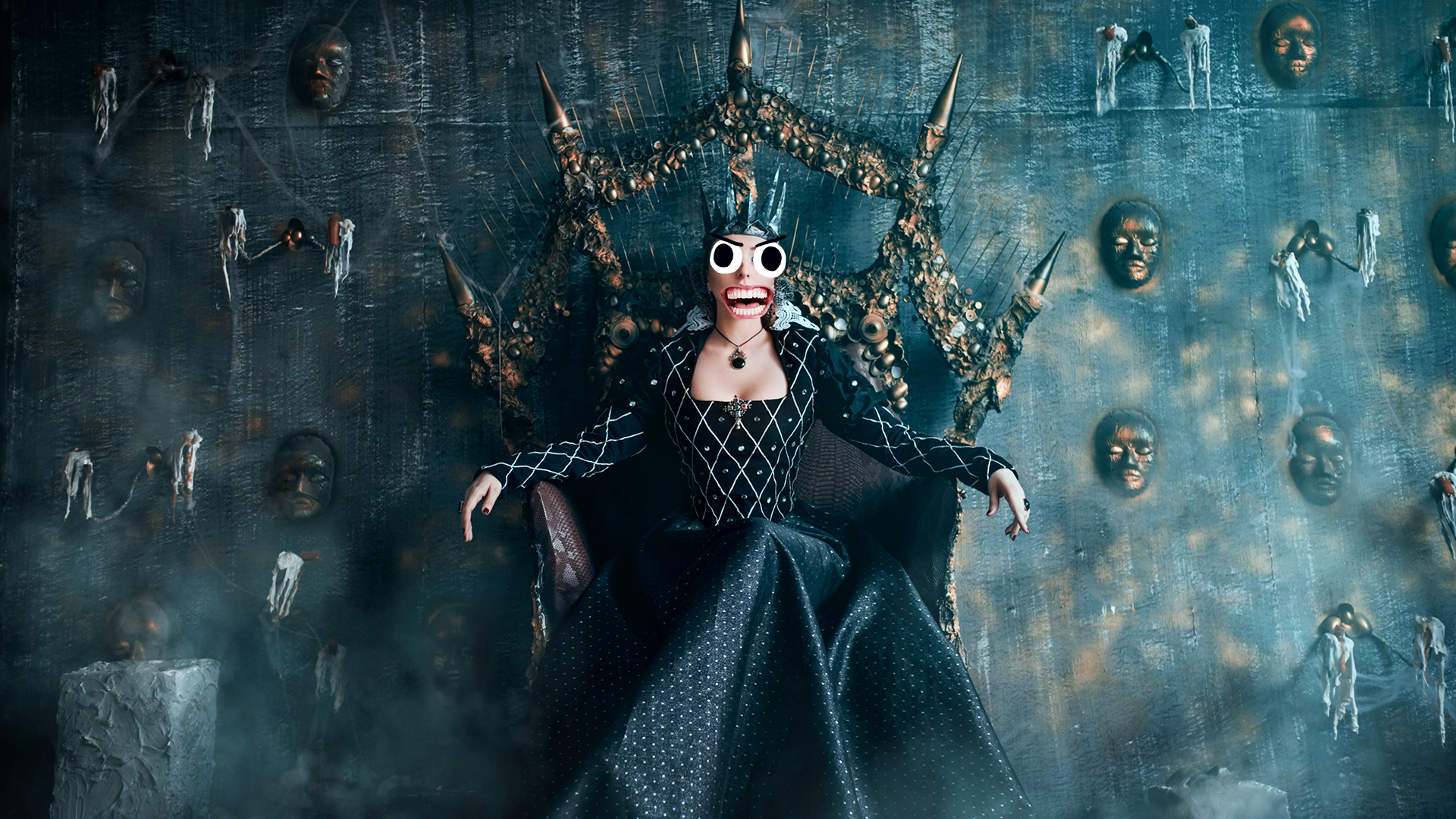
Mary I was nicknamed “Bloody Mary”, and to be fair she did earn it – she permitted the murders of hundreds of Protestants. But she wasn’t the most violent monarch in British history, or even in the Tudor period – it’s thought that Henry VIII and Elizabeth I both had a higher kill count, and it’s probable that the nickname Bloody Mary stuck because of attempts by Elizabeth I and her court to make her seem better in comparison.
9. Elizabeth I survived 9 assassination attempts
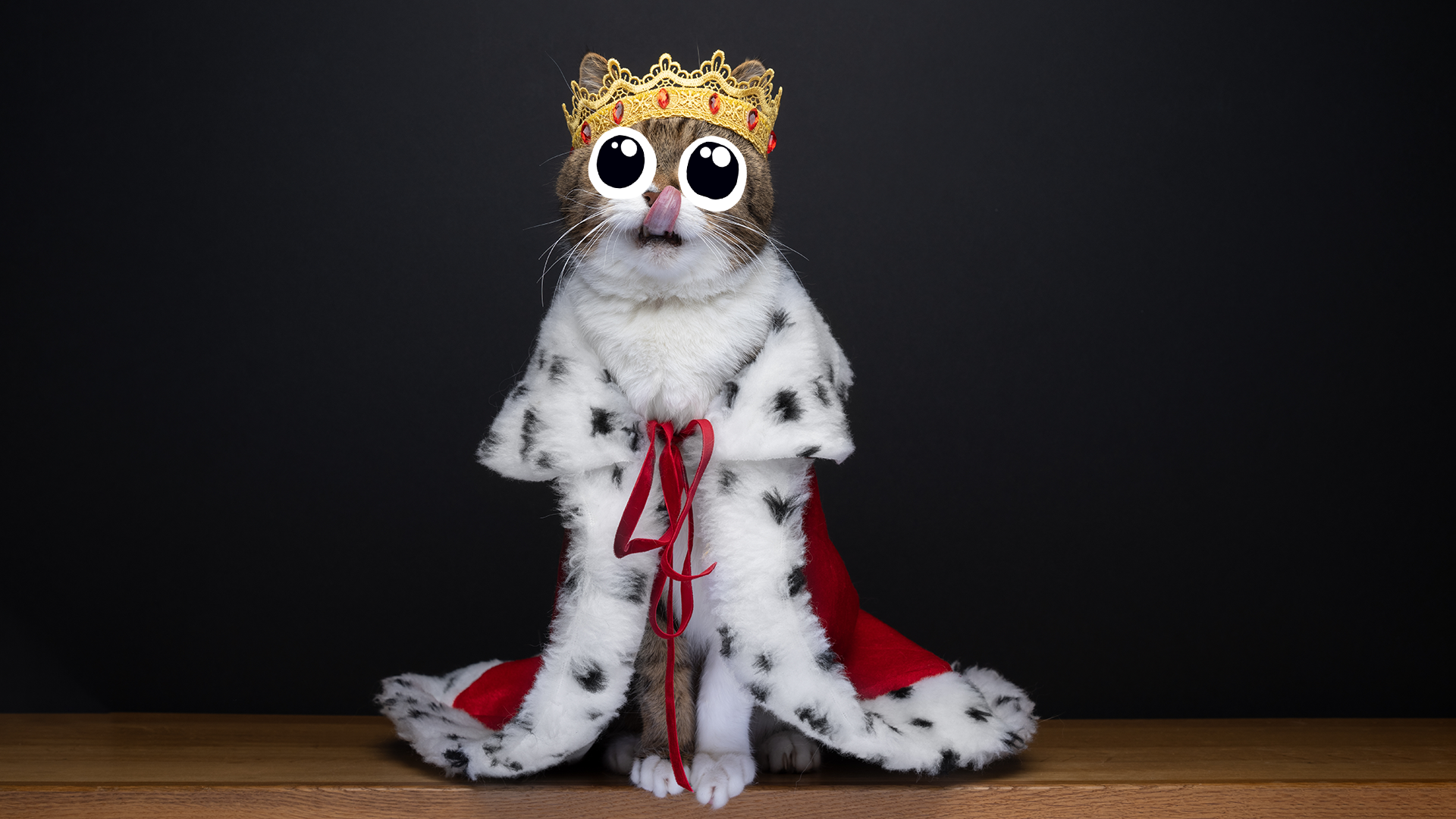
Elizabeth I survived an amazing nine assassination attempts over 32 years. Maybe she was secretly a cat!
10. They believed in witches
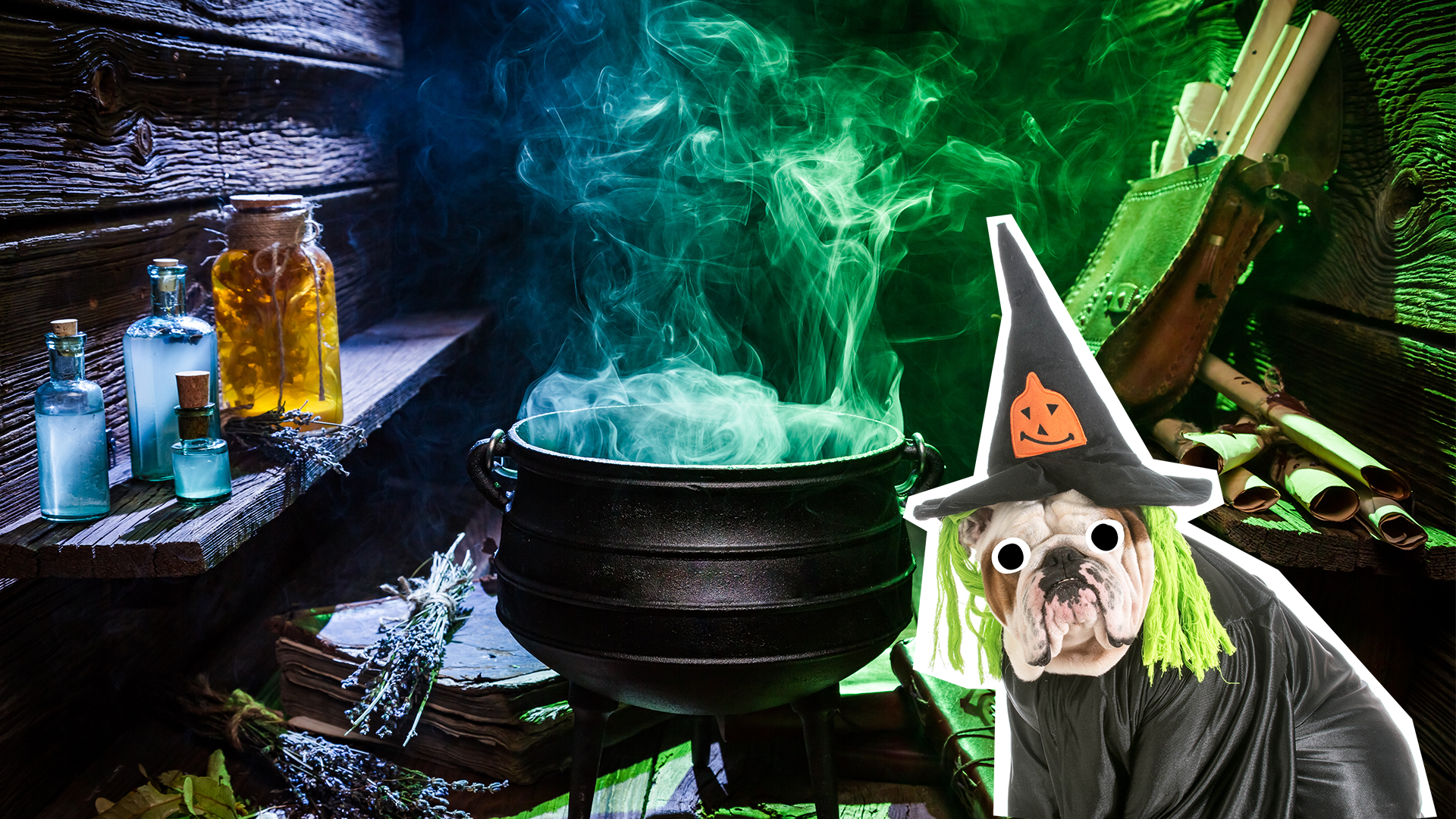
The Tudor period was very turbulent in terms of religion, but one thing people stuck by was their superstitions. One thing people believed in was witches – as in, people (usually women but not always) who had magical powers. Sometimes a “witch” would be a member of the community who was good at growing plants and healing people (remember, this was before modern medicine), but a lot of the time people were accused of being witches because other people just didn’t like them, and it was easy to blame problems like failed crops on someone they didn’t like. People accused of being witches often ended up on trial for their lives, and unfortunately many were executed.
11. Entertainment was important
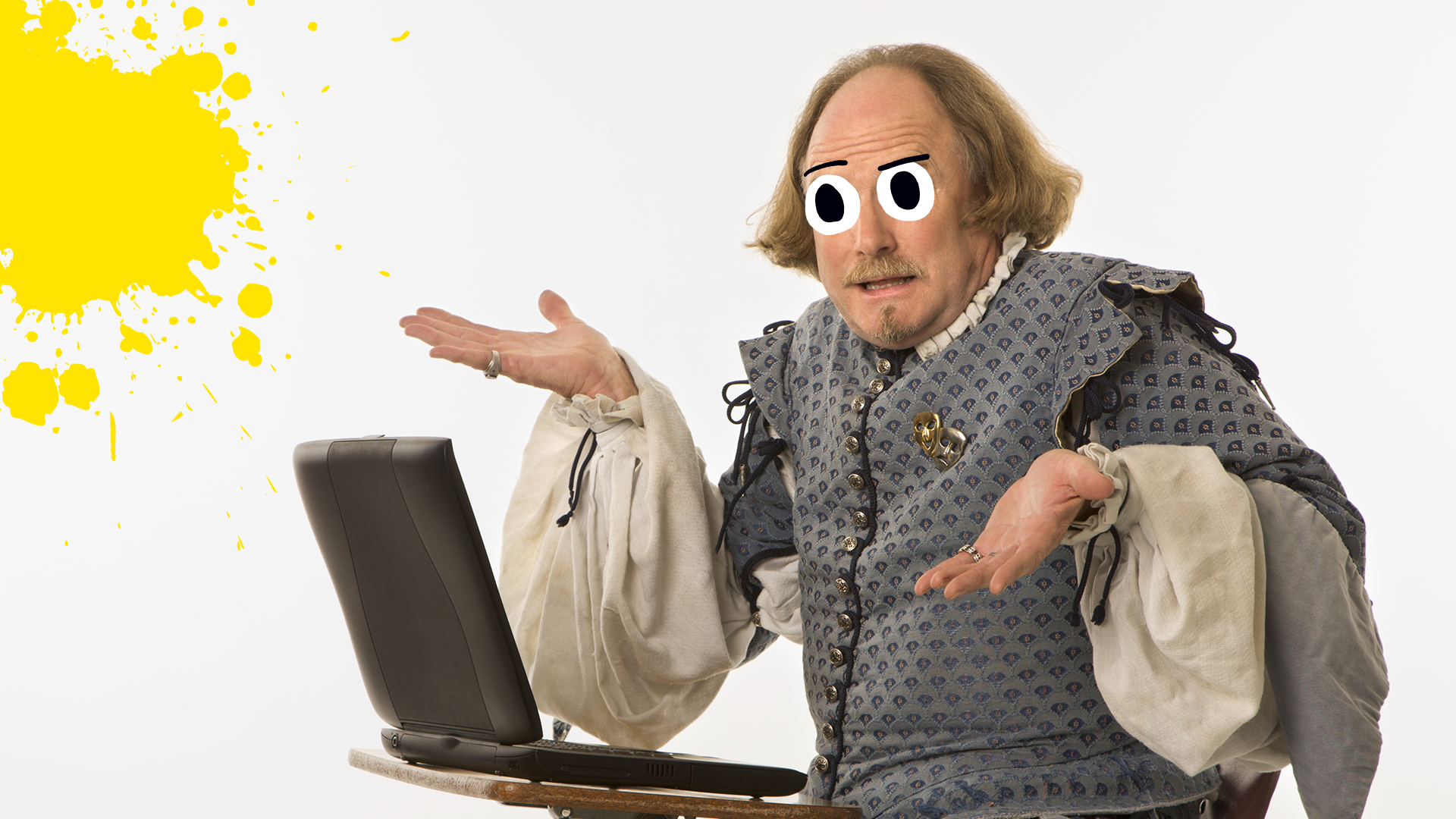
Despite having no TV, no cinema and (gasp) no internet, the Tudors knew how to keep themselves entertained! Some of the things they enjoyed doing, like jousting and animal-baiting, are totally out of fashion now, but others are still popular. Music and dancing were popular, of course, and both the rich and the poor enjoyed it. Richer people also liked chess, falconry, and tennis. Poorer people would play an early version of football, sometimes in the streets. Towards the end of the period the theatre was popular with people of all classes – Shakespeare was the most famous playwright, and the rich would sit in the upper galleries while the poor stood on the ground.
12. They ate very salty meat
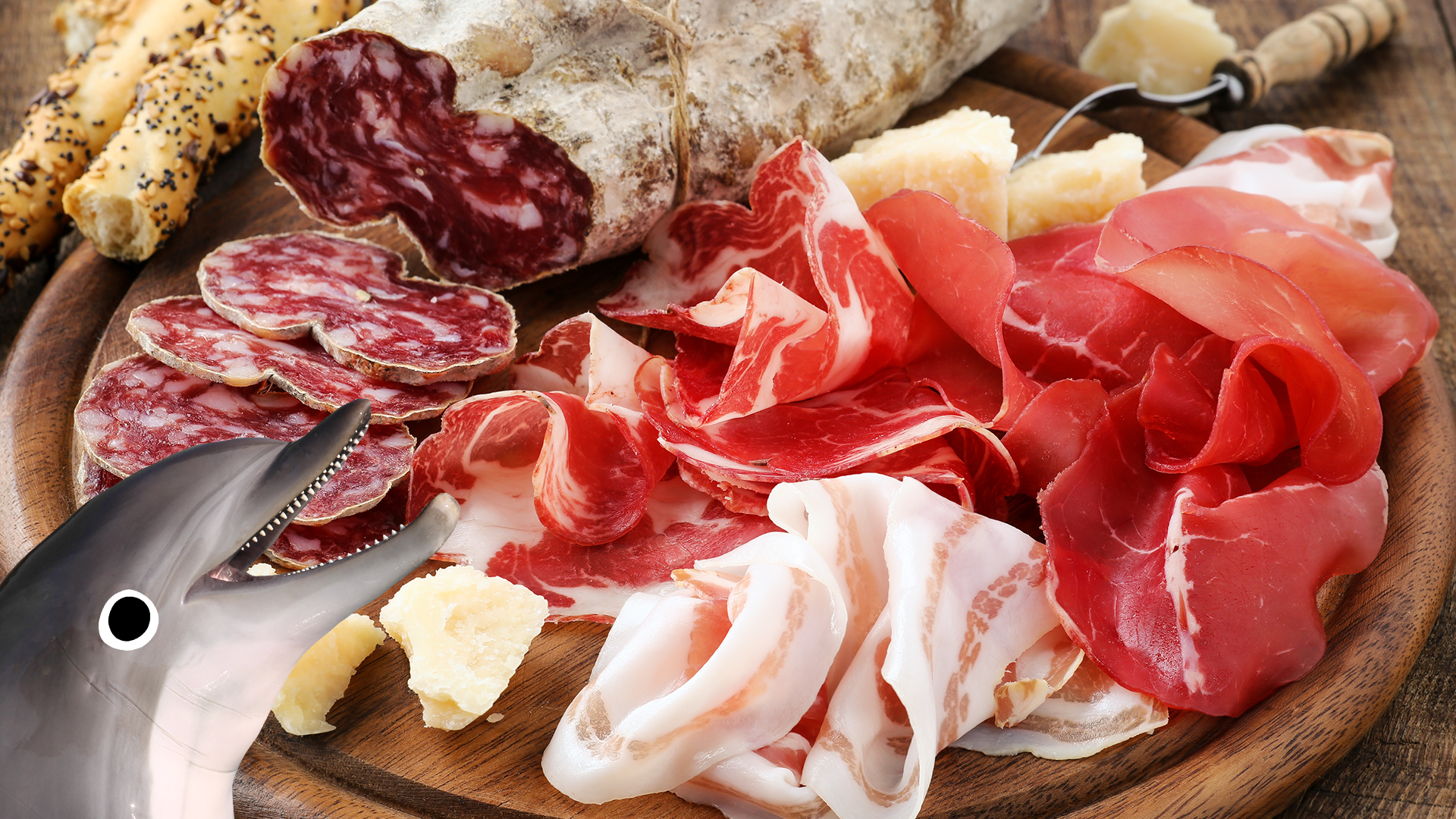
The Tudors didn’t have fridges or freezers, so they had to get creative when it came to keeping their food fresh. Salt works as a preservative when rubbed into meat, so it became the best way to make sure your meat was safe to eat, especially during times when hunting was harder like the winter. It would have made the meat taste VERY salty, though!
13. They knew how to throw a feast
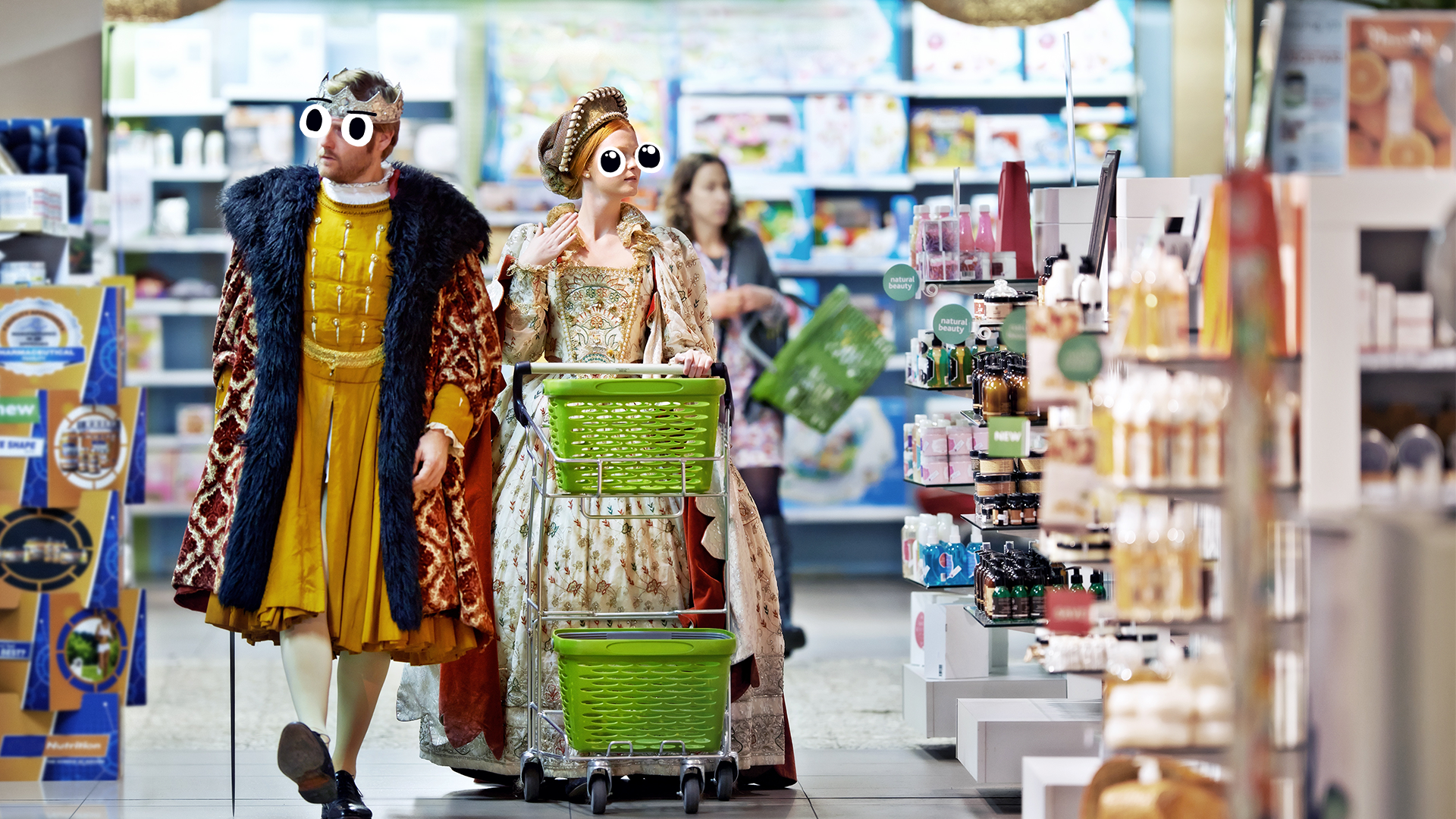
In this time, having access to exotic food was a display of enormous wealth and influence – only the richest would be able to afford foods like cinnamon, citrus fruit, olive oil, sugar, marzipan and luxurious meats like venison, peacock and boar. Many dishes would be brought out at once for guests to choose from, and the feast would last a long time. One banquet thrown by Henry VIII for a visiting guest had ten courses and took seven hours!
14. Poorer folk had to make do with less
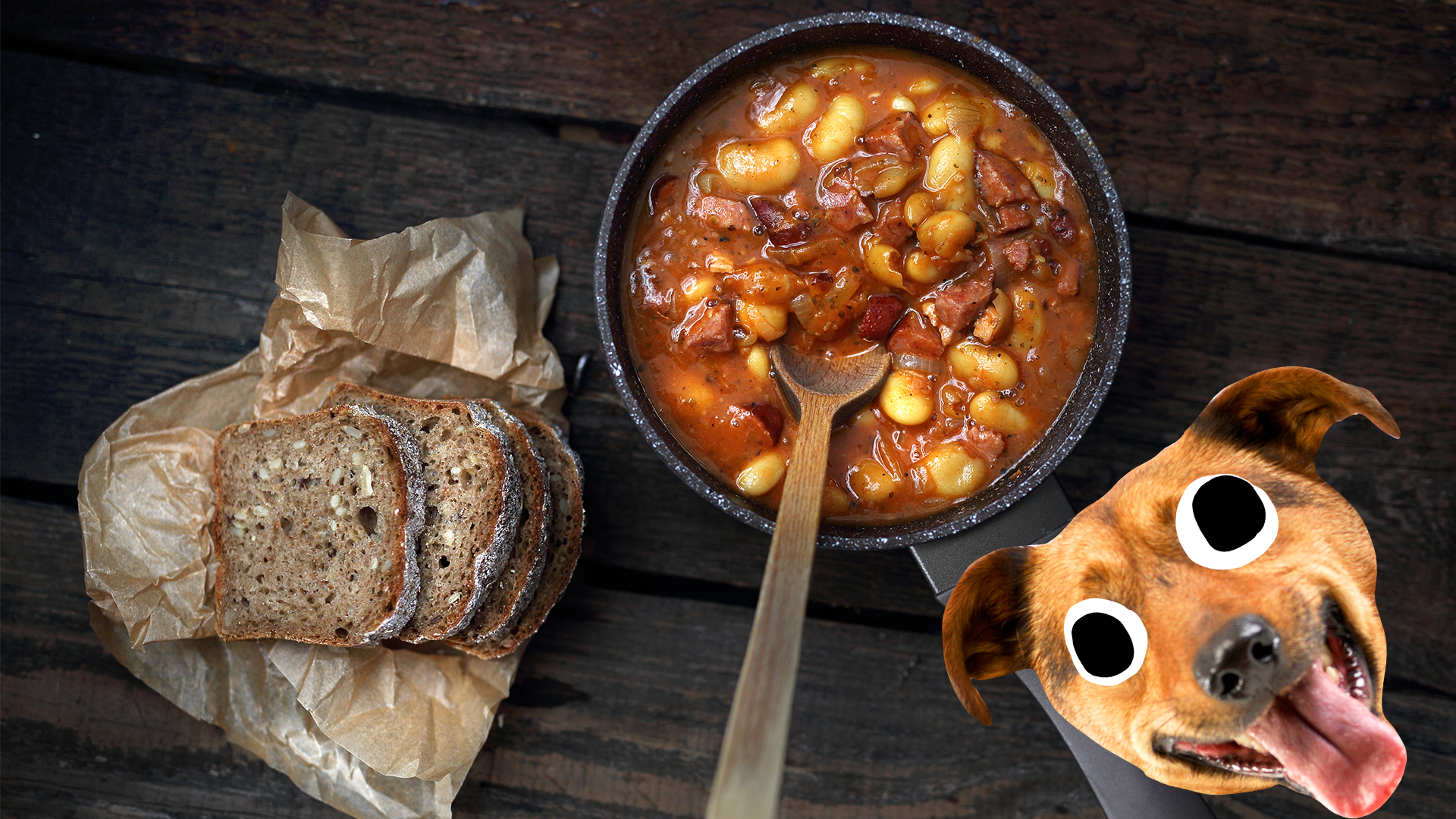
Of course not everyone ate like Henry VIII. Most folk ate meat sparingly, and would have stewed vegetables, pulses and rough bread. If they were lucky they might also have eggs and dairy. Water quality wasn’t good for the rich or the poor, so the rich drank wine while the poor made do with weak ale (even the children – it was better for them than the water!)
15. There were no forks

Forks had been invented but were only used to cook, carve and serve, so all that lovely food was eaten with spoons and knives only – or, the oldest tools of all, just your bare hands!
16. Their architecture was awesome
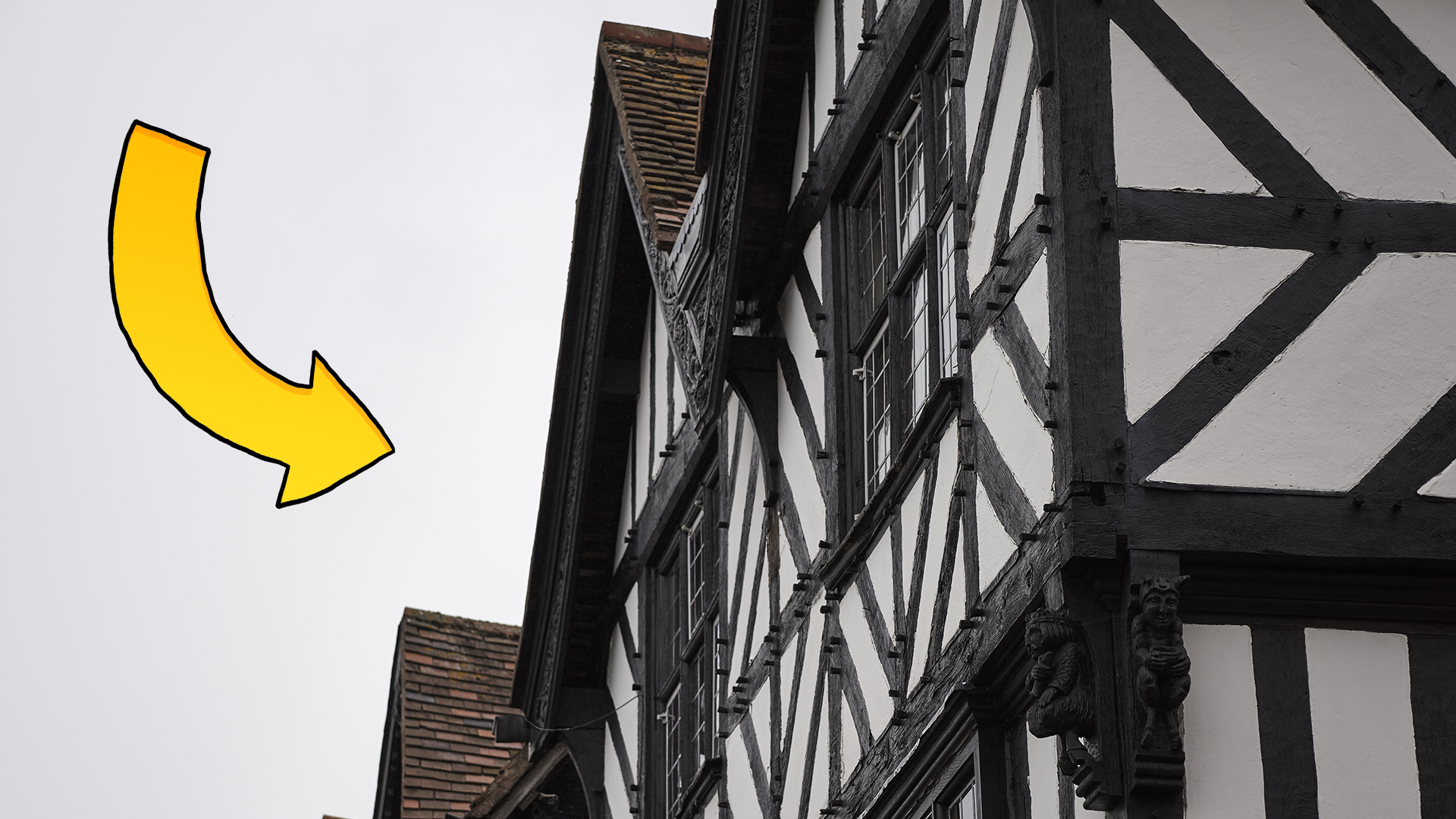
Buildings of the Tudor period are very distinct looking. They were built using wooden beams, with white-washed plaster used to make the walls. In London the streets were too narrow to carry long planks of wood, so sometimes houses would be built out of the town, sailed along the Thames, and then assembled onsite!
17. London Bridge was very different
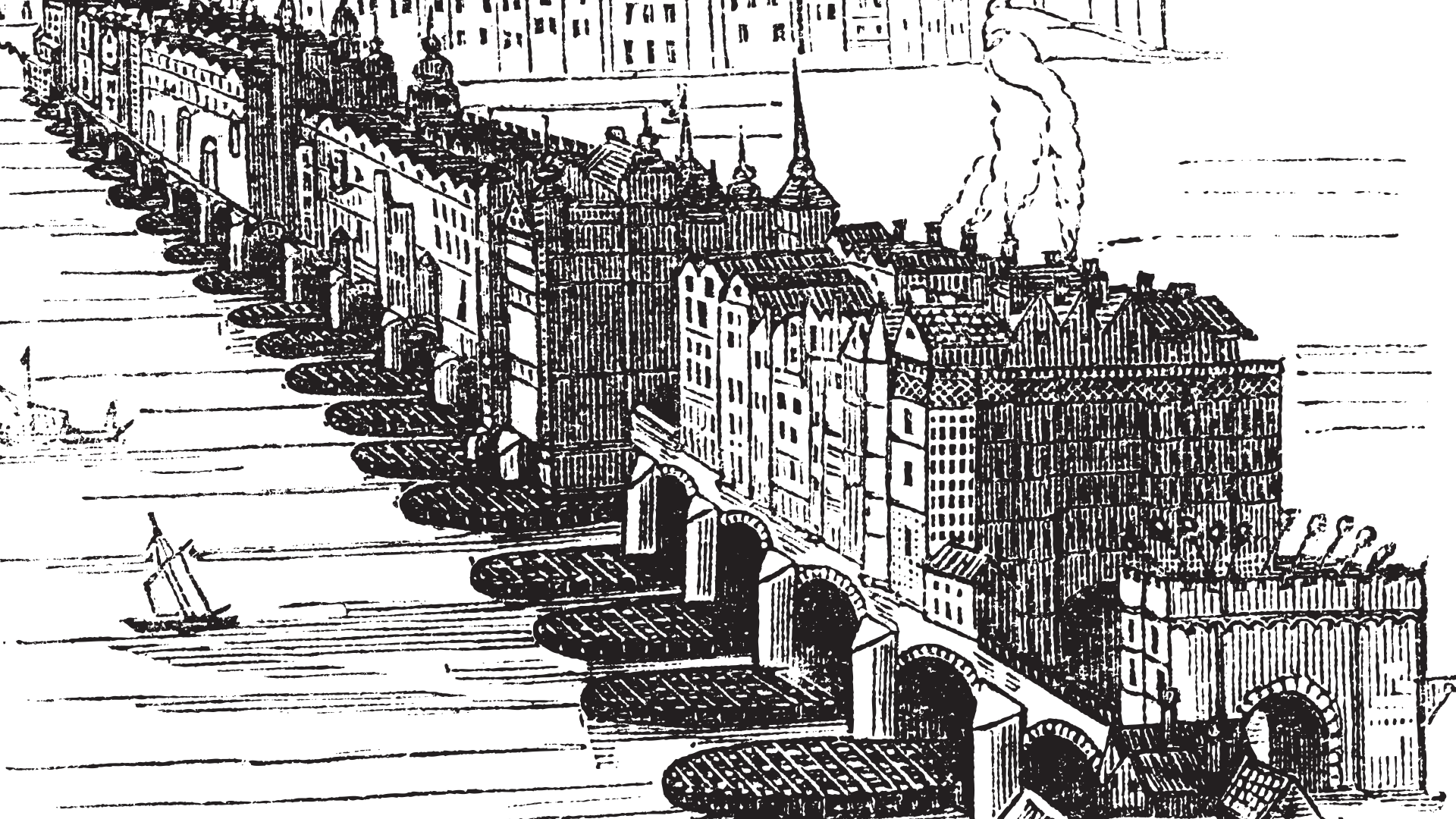
There have been several bridges named London Bridge throughout history, with the current one built in the 1970s. The Old London Bridge was around from 1209 to 1831, and during th Tudor era the bridge was built up high with houses and shops! In this time the heads of traitors were also displayed on spikes at the bridge gates, to scare criminals into repenting – eek!
18. Make-up and perfume were… interesting
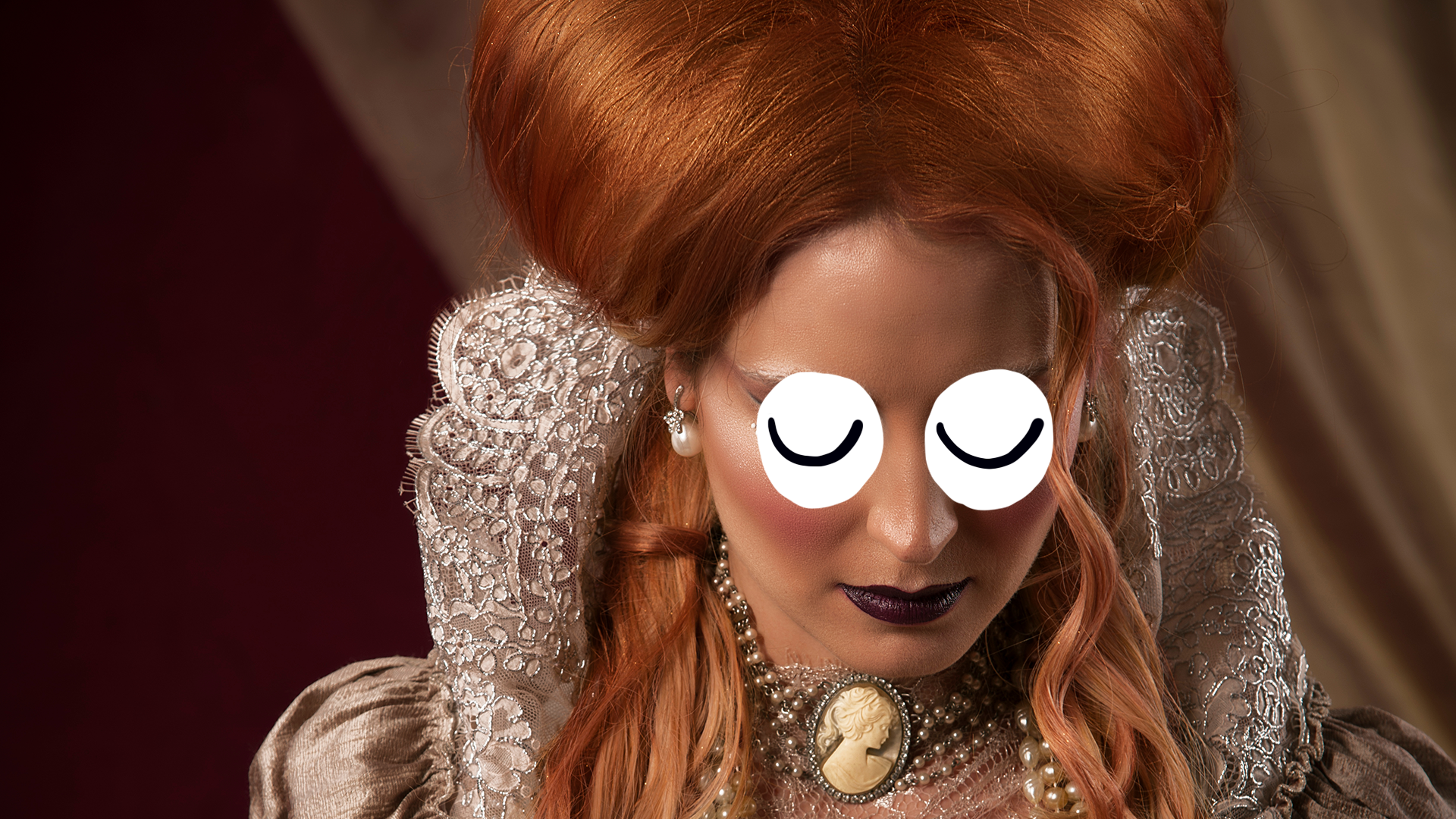
People throughout history have used make-up and perfume to make themselves look and smell better, and the Tudors were no different. Perfume was popular throughout the entire Tudor period, and they were made using methods from the Middle East. It was also good to be able to cover up the stench of the city with the smell of flowers! In the later Elizabethan era make-up became popular, inspired by ancient Egyptian cosmetics. It was another thing that was only accessible to the rich, so represented wealth and status, but it was also useful for hiding blemishes and scars from common illnesses like smallpox (Elizabeth I suffered from these scars and painted her face very thickly to hide them). The beauty standard was for women to have very white skin and red lips and cheeks. A popular paint for the face was made of vinegar and white lead, which is VERY poisonous. Cochineal, which is made from insects, was used in lip and cheek stains. The Queen would also wash her face with milk and rosewater, and brush her teeth with honey, salt and brick dust!
19. If you were poor you could be punished
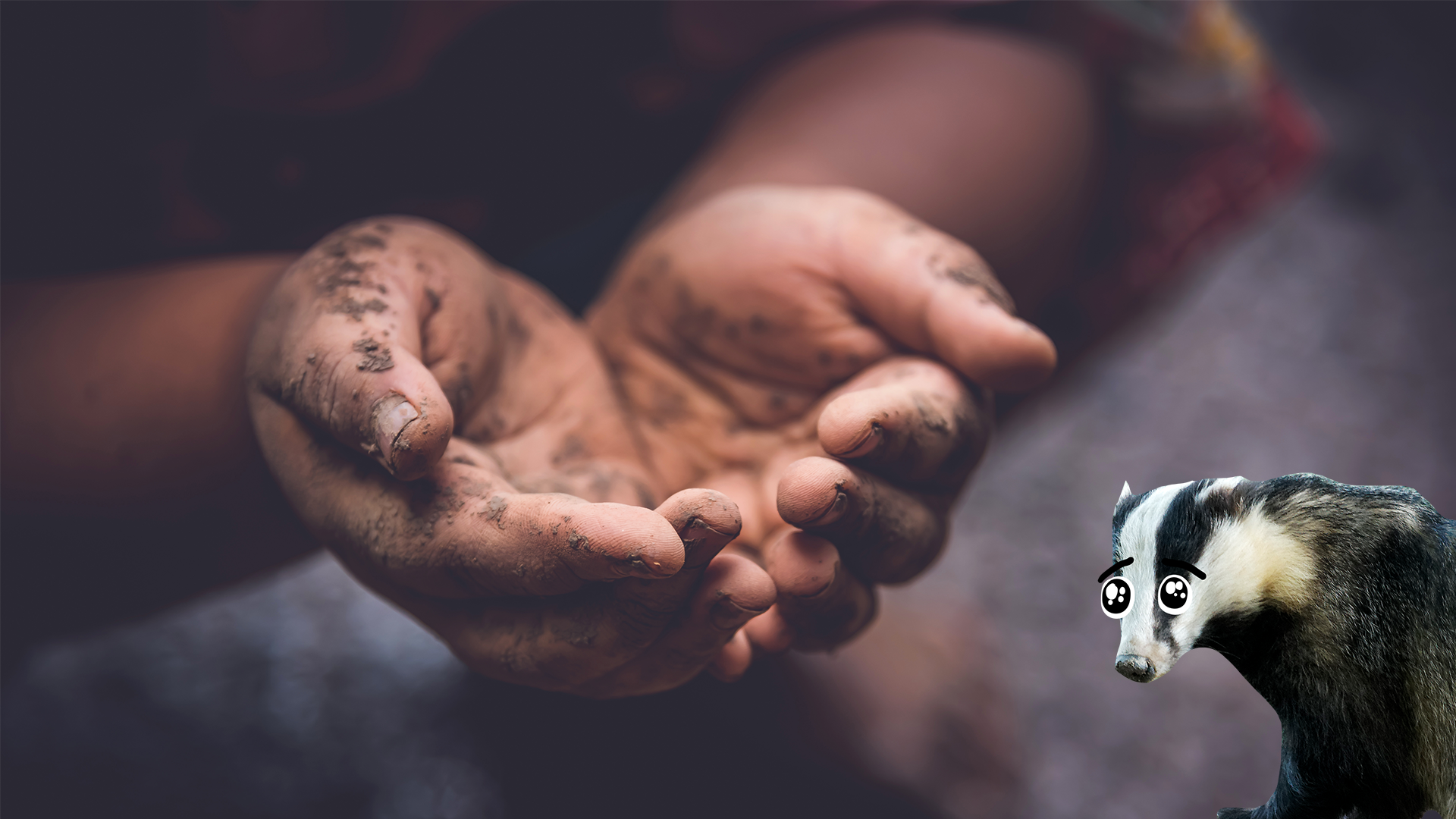
As you already know, being poor in the Tudor era was no fun, but it in the earlier Tudor period it could actually be a crime. Around 20% of town-dwelling Tudors lived in poverty, and many were homeless (also called “vagrants”). Henry VIII tried to clamp down on this by making begging a crime, and those caught begging would be punished by being branded with a “V”. This made it hard for them to get legitimate work and so many resorted to further, more violent crimes to live. Elizabeth I passed Poor Laws towards the end of her reign, which said that parishes had to look after their poor, taxes would be used to buy tools and resources for the poor so they could work, and anyone refusing to work would be punished. These laws stayed in place for around 200 years, and are some of the first legal attempts to help the poor in English history!
20. The Tudor symbol is still used today
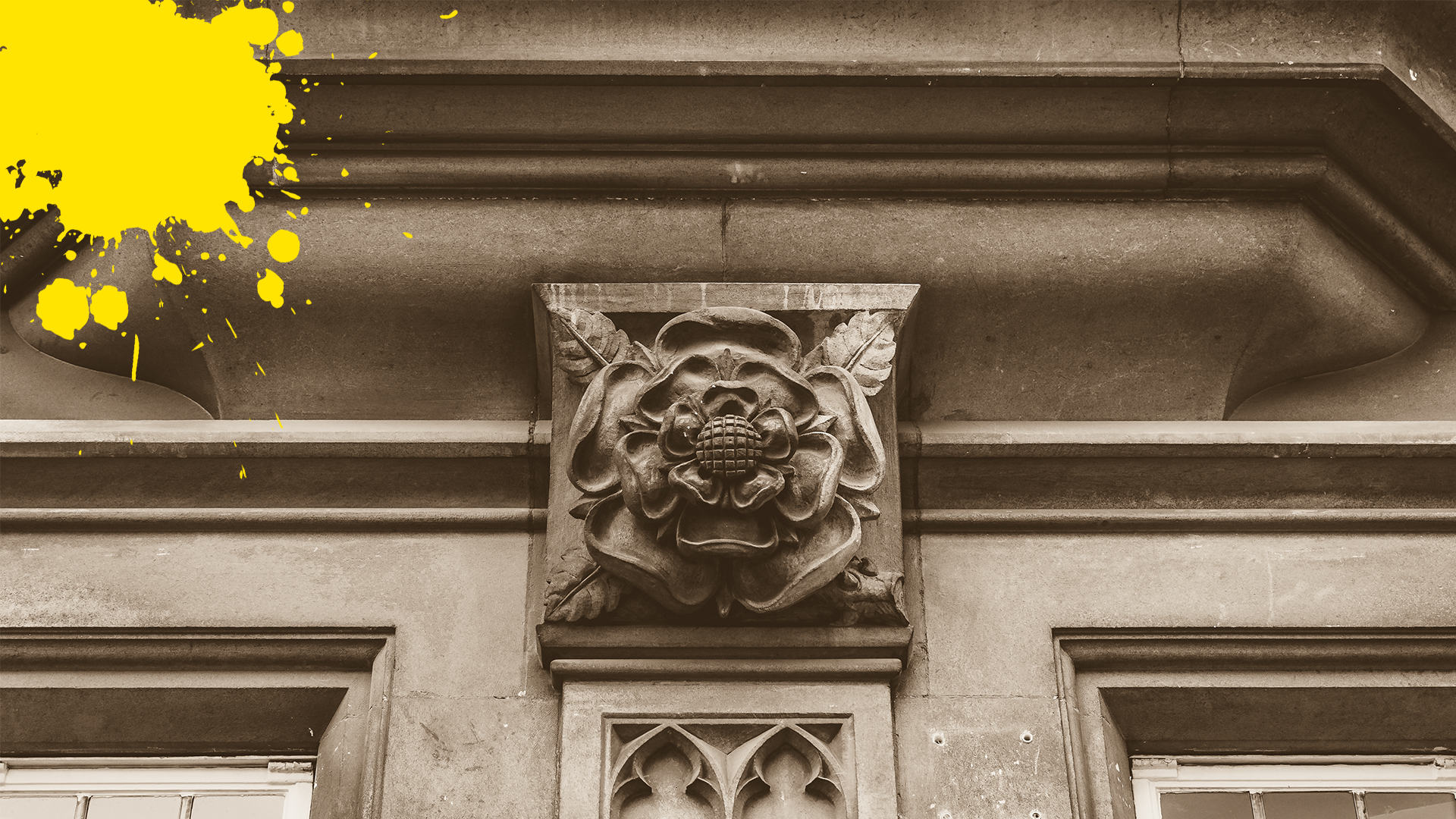
The House of Tudor was symbolised by a red rose with white petals on the inside. This represents the Houses of York and Lancaster, two royal households who fought in the War of the Roses. Henry VII ended the wars and made a new symbol using York’s white rose and Lancaster’s red one, which is known as the Tudor Rose or the Union Rose. Today it is still used as the floral emblem of England!















